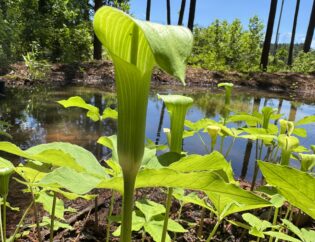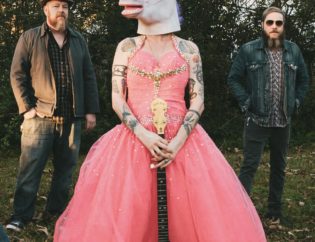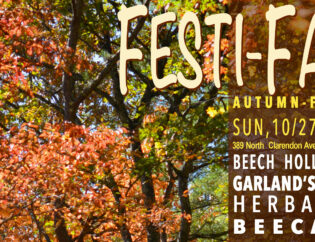 Our native hawthorns are beautiful early bloomers, starting in late March and going through April and May. Hawthorns start blooming very soon after the early trees, when the plums and other fruit trees are putting on their show, providing much needed early bee and butterfly support with their offerings of pollen and nectar.
Our native hawthorns are beautiful early bloomers, starting in late March and going through April and May. Hawthorns start blooming very soon after the early trees, when the plums and other fruit trees are putting on their show, providing much needed early bee and butterfly support with their offerings of pollen and nectar.

But the pollinator support doesn’t stop there. Hawthorns are among the top larval host plants in Doug Tallamy’s list of “Best Bets: What to Plant” to support butterflies and moths. They are number twelve out of the top twenty woody plants. The link to that list is here.
The height and cover provided by hawthorns for cup-nesting songbirds is pretty much perfect. Many songbirds nest between 5-15 feet off of the ground, and need a shrub that gives them good site with plenty of camouflage. Hawthorns are thorny, so are roses and some apple species. Does that mean you should avoid the Hawthorn in your shrub layer? No! Birds such as the Brown Thrasher will nest in thorny shrubs or greenbriar tangles, here’s a link to nest watch. Thorns would add a layer of protection from some egg and nestling predators.

The haws, or pomes, are also an important addition to your garden to support migratory birds like Cedar Waxwings. But if you’ve ever heard of Haws or Mayhaw jelly, people have been using the fruit of the hawthorn as well, from the cuisine of various Native American tribes through the traditional foods of the Deep South. One of our favorite blogs “Eat the Weeds” has an article on Hawthorns here . Colonists used haws, both Marshallii and uniflora are species recorded as being used as food by colonists and Native Americans.
The Hawthorn is closely related to the rose and apple, the flowers of hawthorns reminiscent of plum or apple blossoms and the fruits often resembling rose hips. The scarlet berries are so prolific on our Parsley Hawthorn that the winter resident birds can never finish the fruit during the winter, it often takes a flock of famished Cedar Waxwings to polish them off. Flower quantity and berry set are greater if planted in the sun.

The Hawthorn species that we grow are Crataegus marshallii and Crataegus uniflora. Both of these species are tough, preferring well drained sites. They can easily handle full sun to dappled or open shade. Right now Crataegus marshallii is blooming now in front of our location in Scottdale GA. The flowers are gorgeous; marshallii has plentiful flower clusters that hold about a dozen inch wide blooms.
We now have Crataegus uniflora germinating; hoping it will be a good size in two years. But this species will never get beyond shrub sized. The common name for this species is Dwarf Hawthorne; its height ranges from 3-6 feet tall. The Dwarf Hawthorne has flowers that are singular, about quarter-sized, and matt white. The fruits are nickel sized pomes that smell like apple and have the color of a really ripe golden delicious apple with a pink blush when fully ripe.









